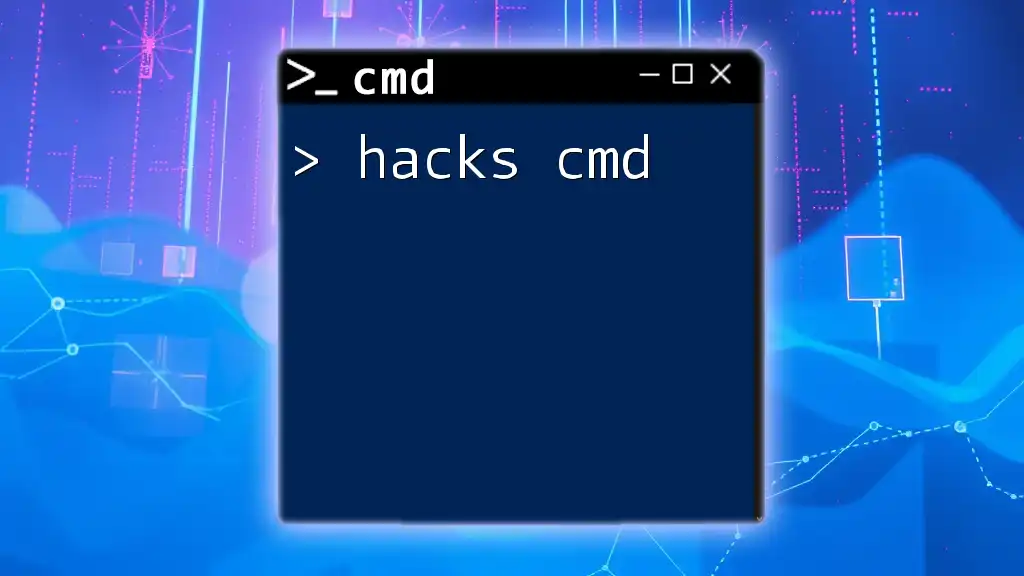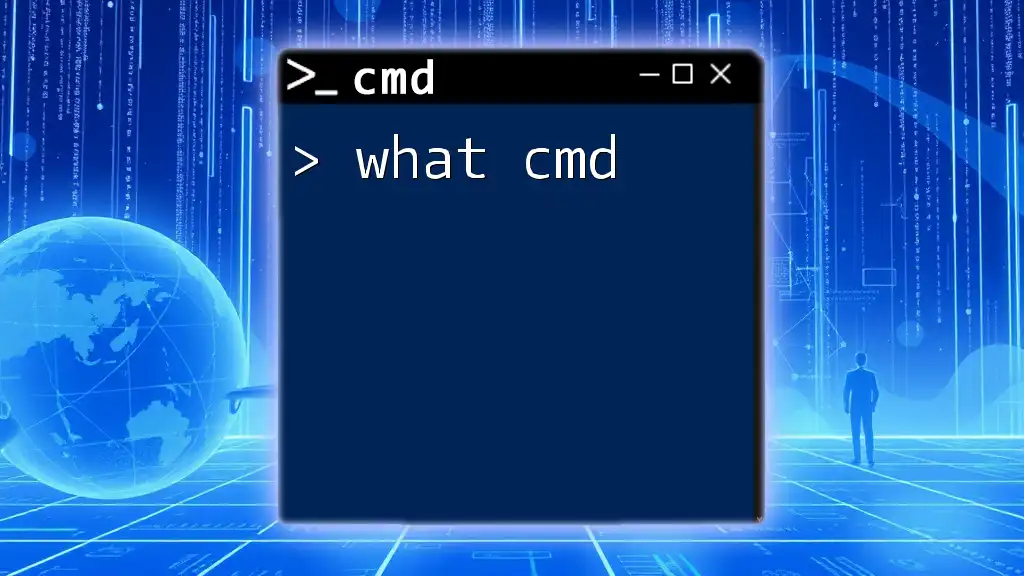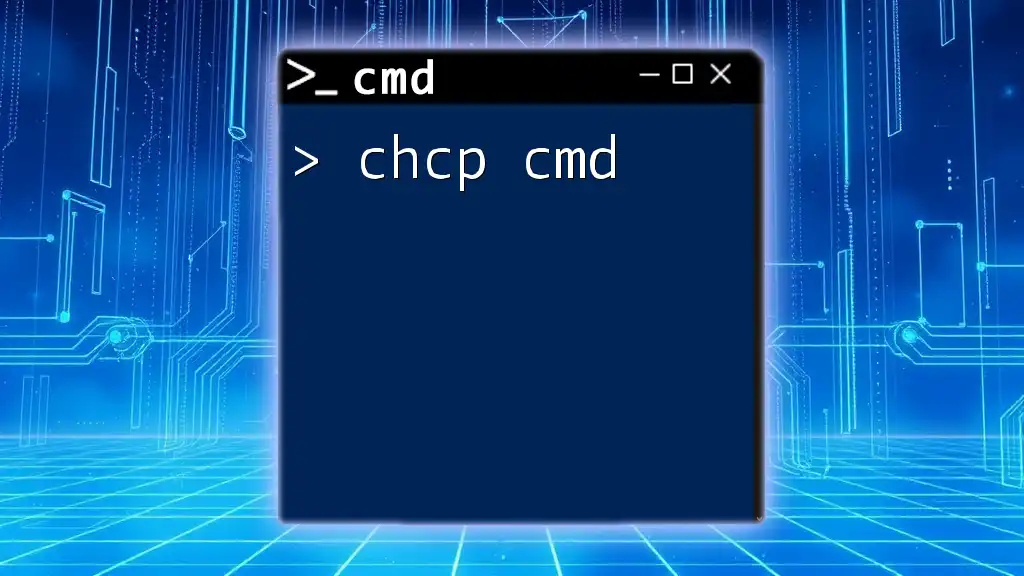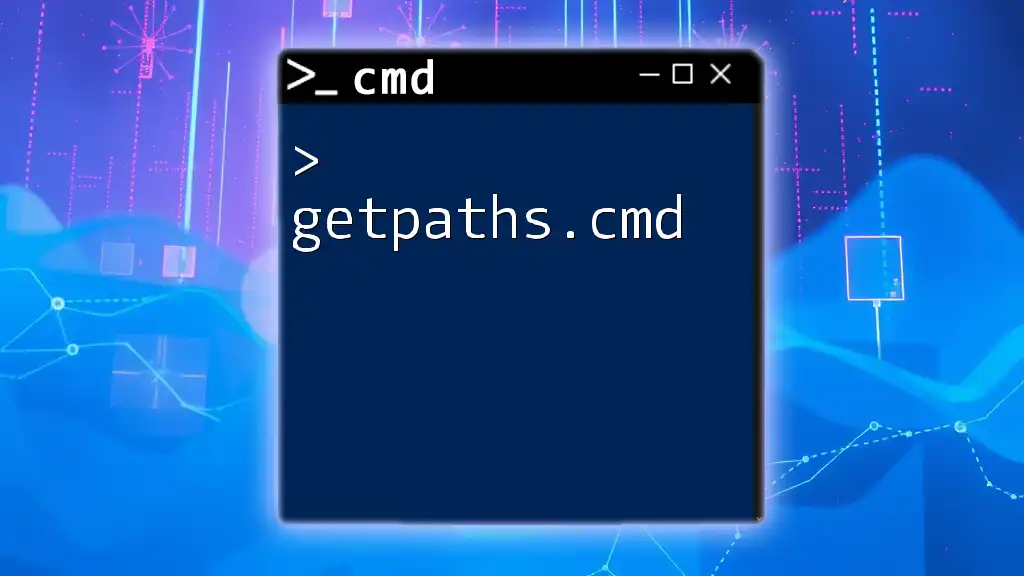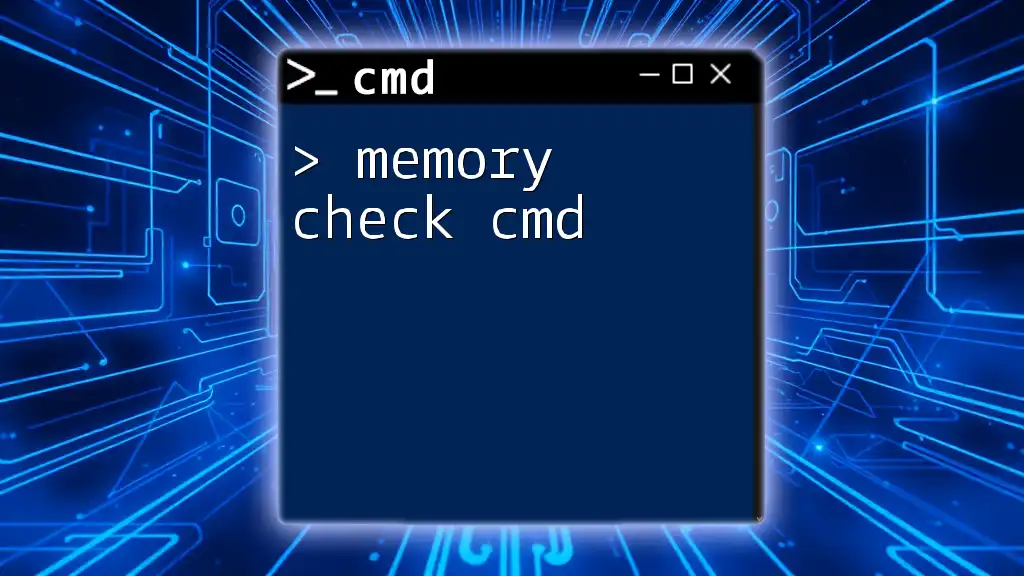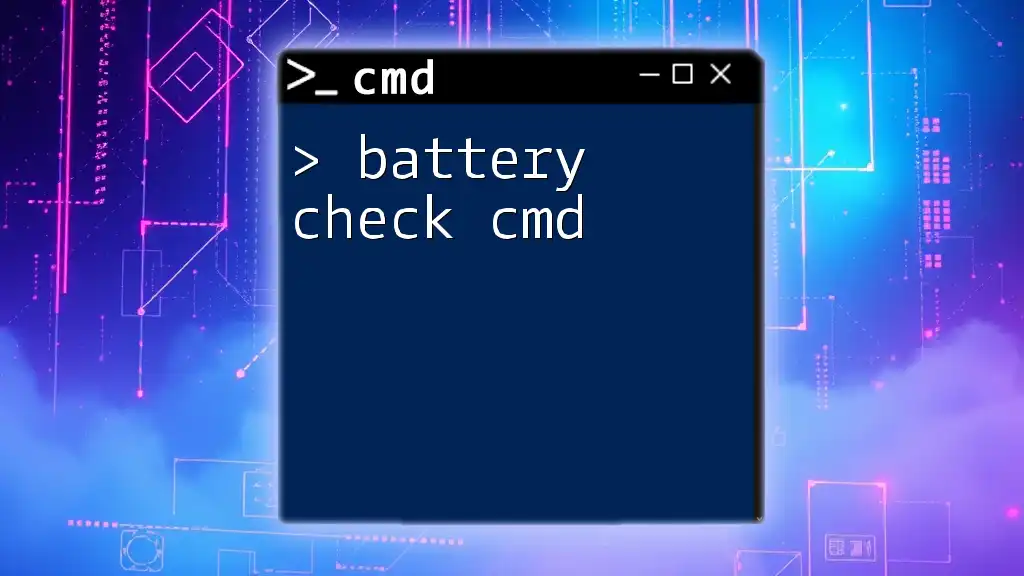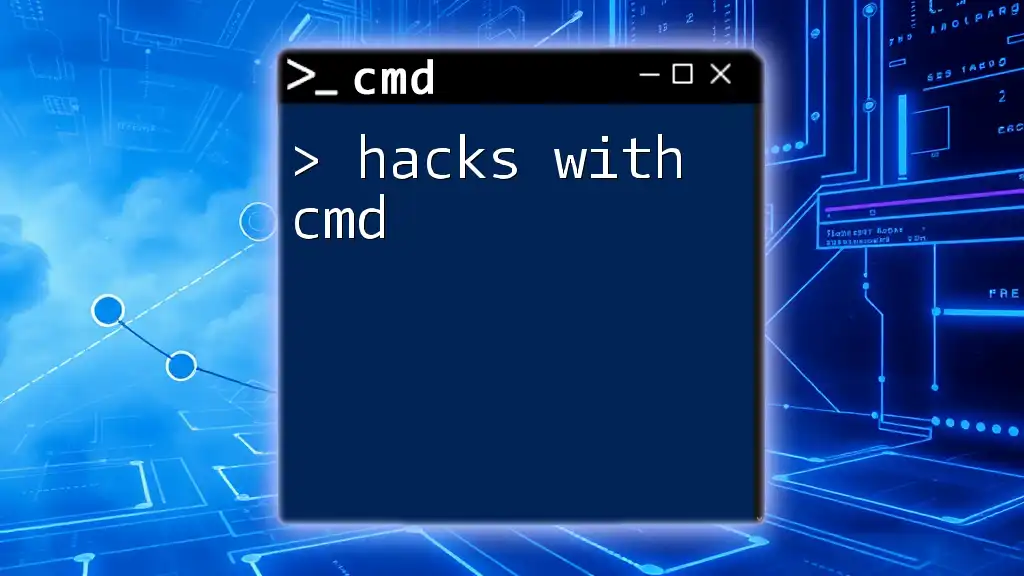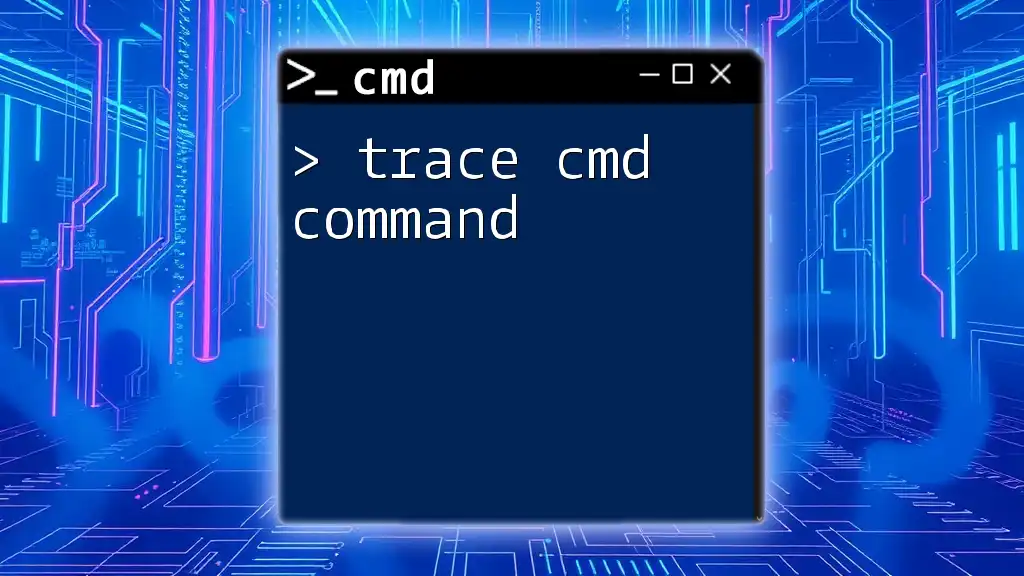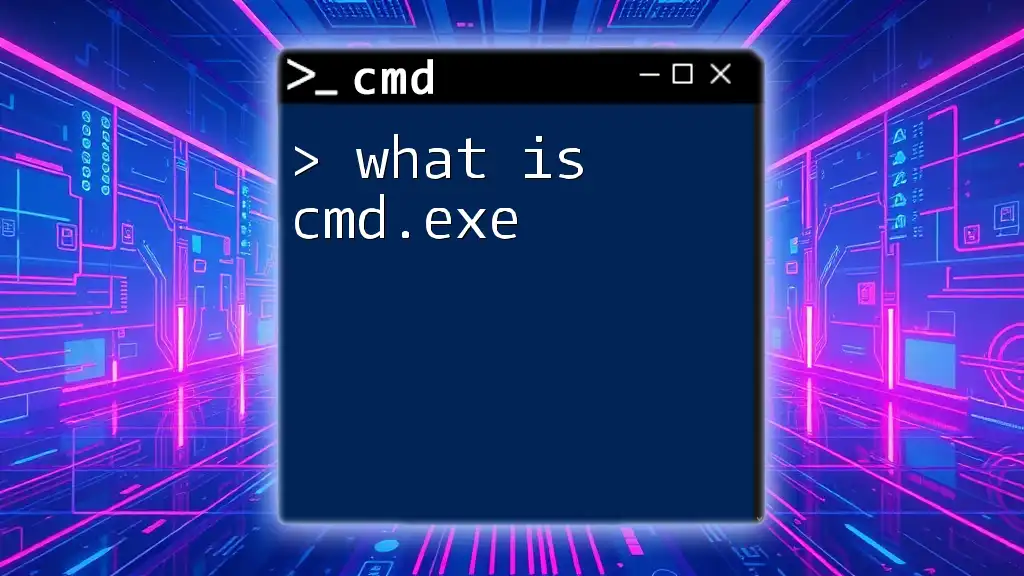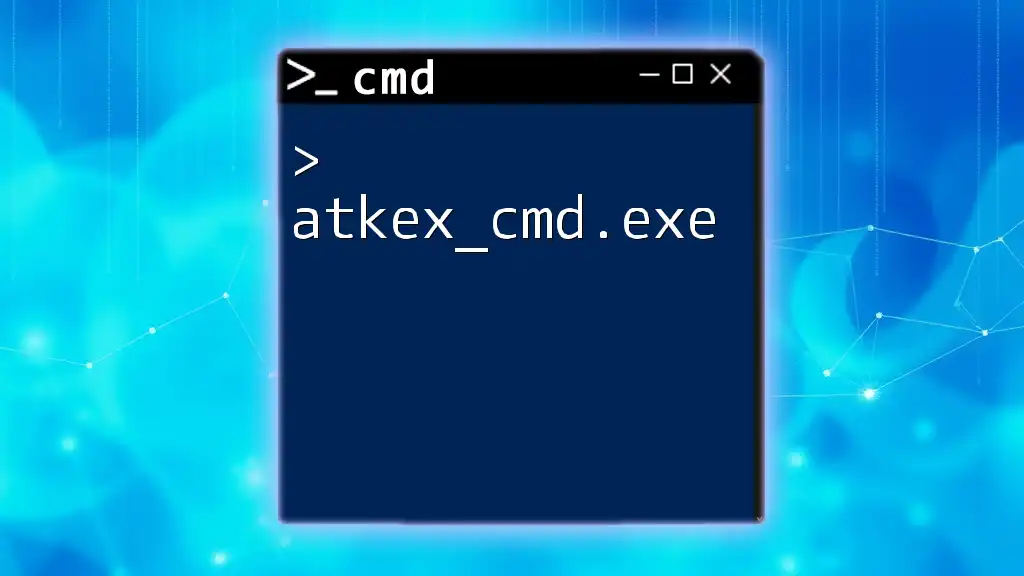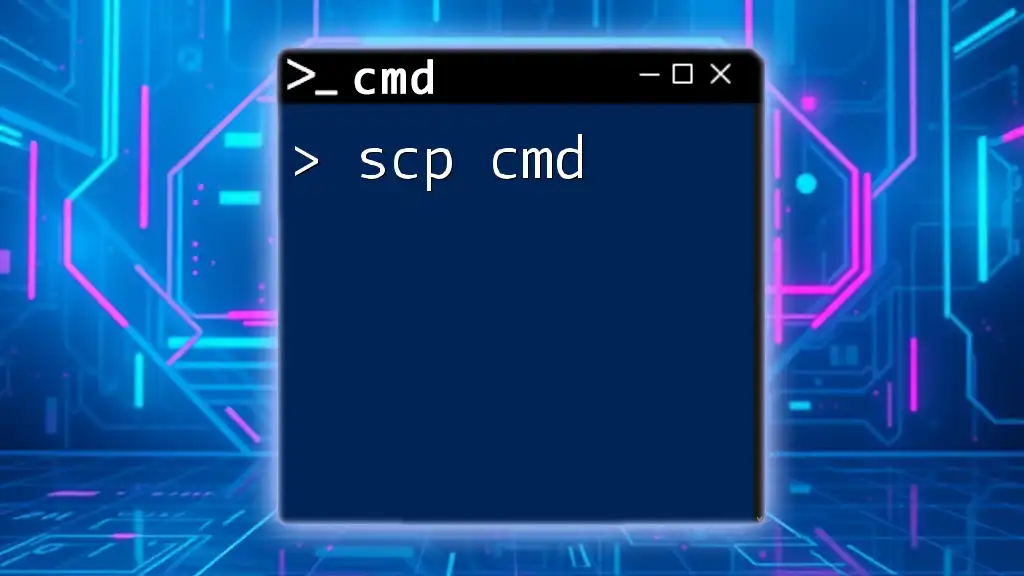"Hacks cmd" refers to clever techniques and shortcuts that utilize Command Prompt (CMD) commands to improve efficiency and perform advanced operations on Windows systems.
Here's a simple example of a CMD command that lists all files and directories in the current directory:
dir
Understanding CMD
What is Command Prompt?
Command Prompt, often referred to as CMD, is a command-line interpreter found in Windows operating systems. It serves as a powerful interface that allows users to execute commands, manage files, and interact with the system at a deeper level than through the traditional graphical user interface (GUI). By using CMD, users can perform a myriad of tasks more efficiently, particularly when they become familiar with the various commands and their options.
Why Use CMD?
The benefits of using CMD are numerous. It enables:
- Automation: Users can create scripts that perform repetitive tasks, saving time and reducing the potential for human error.
- Troubleshooting: CMD can give insights into system issues, network problems, and file management concerns, empowering users to resolve them faster.
- System Management: Through CMD, you possess greater control over your computing environment, allowing for adjustments and configurations that might be cumbersome through a GUI.
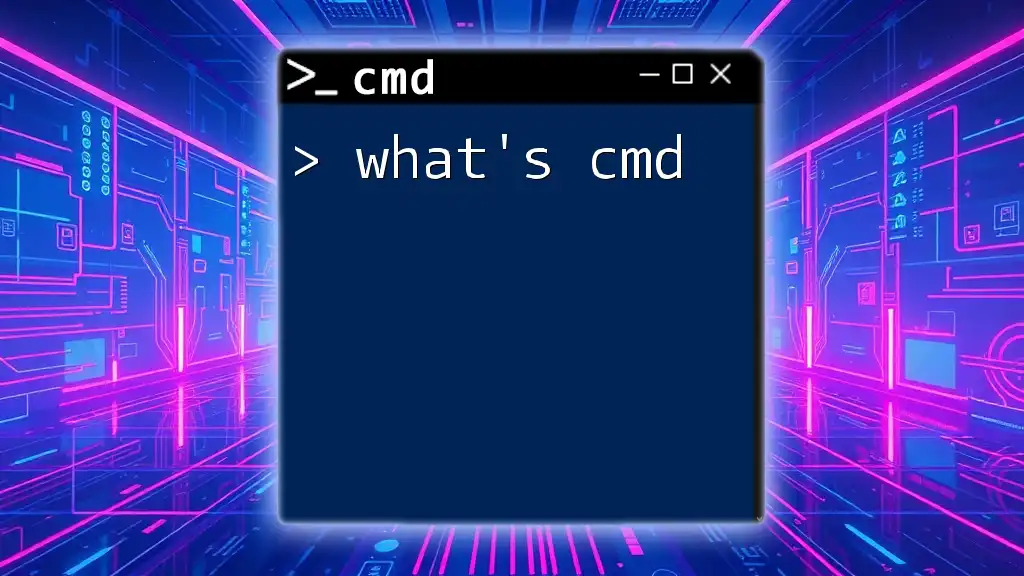
Essential CMD Hacks
Basic CMD Hacks
Navigating Directories Efficiently
Efficient navigation of directories is crucial for effective file management. The `cd` command allows users to change directories rapidly. For example, to navigate one level up in the file structure, you can use:
cd ..
This simple command can significantly speed up your workflow, especially when dealing with deep directory structures.
Viewing Files with DIR Command
The `dir` command is essential for listing files and directories in the current location. It can be customized with flags to display information in different formats. For example:
dir /w
This command presents the files in a wide format, allowing for a quicker glance at file names without overwhelming details.
File Management Hacks
Copying Files Quickly
Quickly copying files can enhance productivity, especially in environments with large data sets. The basic `copy` command allows users to duplicate files without navigating through file explorers:
copy file.txt D:\Backup\file.txt
This command copies `file.txt` from its current location to the specified backup directory, making backup tasks efficient.
Batch Renaming Files
When managing many files, you may need to rename them collectively. The `ren` command enables this quickly. For instance, if you want to change all `.txt` files to `.bak`, simply use:
ren *.txt *.bak
This saves time and minimizes the friction of manually renaming each file, especially beneficial in larger projects.
Deleting Files Without Confirmation
The ability to delete files without a confirmation prompt can speed up workflow but should be used cautiously. The `/Q` flag in the `del` command allows for silent deletion:
del /Q filename.txt
This command deletes `filename.txt` without asking for confirmation, which can be a double-edged sword if mistakes are made. Always double-check before executing such commands to avoid accidental data loss.
Network Hacks
Checking Your IP Address
Knowing your IP address can be vital for networking tasks. The `ipconfig` command provides the details about your network interfaces:
ipconfig
This will display your local IP address, default gateway, and other vital network information, helping you troubleshoot connectivity issues.
Testing Network Connectivity
When you suspect network problems, testing connectivity is essential. The `ping` command checks whether you can reach another computer or server:
ping google.com
This command sends packets to Google's servers, displaying the response time. It's a straightforward method to verify if your network is functioning as expected.
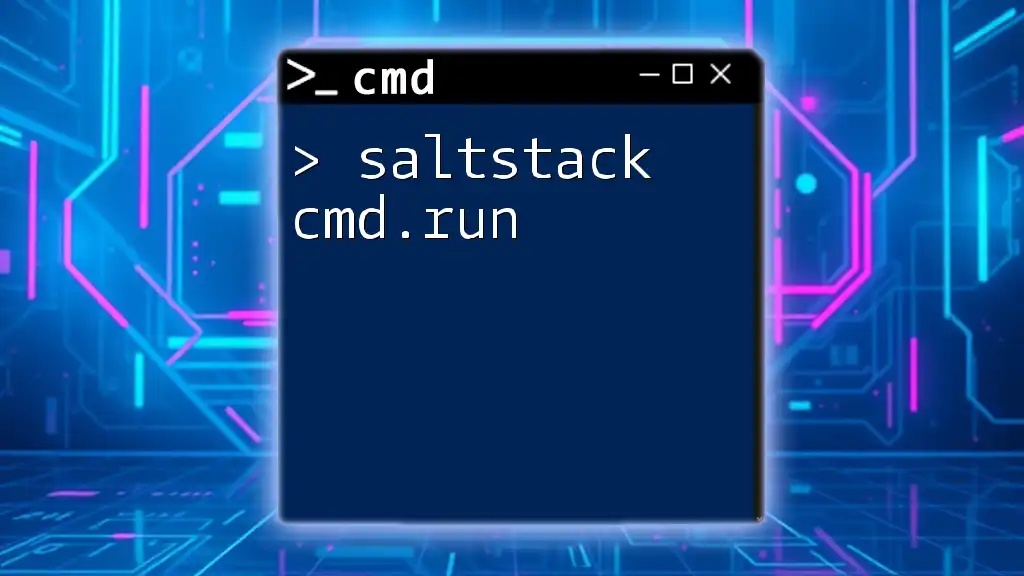
Advanced CMD Hacks
Scripting and Automation
Creating a Batch File
Batch files are scripts that automate multiple commands in sequence. To create a simple batch file:
- Open Notepad and enter the commands you want to automate, like:
@echo off echo Hello, World! pause - Save it with a `.bat` extension, such as `greet.bat`.
- Running this file will execute the commands in it.
With batch files, you can automate routine tasks such as backups or system checks with ease.
Using Environment Variables
Environment variables store information that can be used throughout the CMD session. For example, `%USERPROFILE%` can be accessed to direct CMD to your current user's home directory:
cd %USERPROFILE%
Utilizing these variables can streamline navigation and command execution, allowing you to write commands that are adaptable to different user environments.
System Administration Hacks
Checking System Information
The `systeminfo` command provides a wealth of data about the OS, including installation date, RAM, and network adapter information. To execute:
systeminfo
This command is invaluable for troubleshooting and understanding the system's specifications quickly.
Monitoring System Resources
To see what processes are currently running, the `tasklist` command proves useful:
tasklist
This command outputs a list of all active processes, helping users monitor system performance and resource allocation.
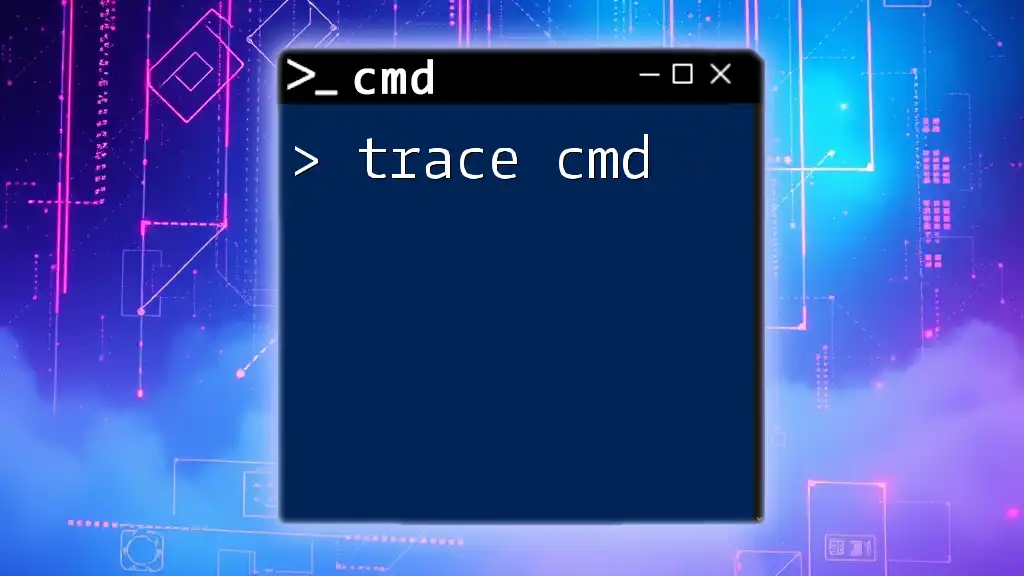
CMD Tips and Tricks
Creating Custom Aliases
Customized command shortcuts can enhance productivity by reducing the amount of typing required. While CMD does not natively support aliases like Unix/Linux shells, you can create commands in batch files for frequent use. For example, create a batch file named `mycmd.bat` containing:
@echo off
your-long-command-here
Running `mycmd` will execute the long command without typing it every time.
Using Color in CMD
Enhancing CMD's visual appeal can help with clarity. To change text color using the `color` command, try:
color 0A
This changes the text to green, making outputs easier to distinguish, particularly in extensive command output scenarios.
Security Tips
Running CMD as Administrator
To perform specific actions requiring elevated permissions, running CMD as an administrator is crucial. Right-click on the Command Prompt icon and select "Run as administrator." This access enables tasks such as system repairs or configurations that would otherwise be restricted.
Securely Deleting Files
For secure file deletion, ensuring files cannot be recovered is paramount. Third-party commands like SDelete can securely wipe files. After installing, run:
SDelete -p 3 filename.txt
This command overwrites the file three times before deletion, greatly reducing the chance of data recovery.
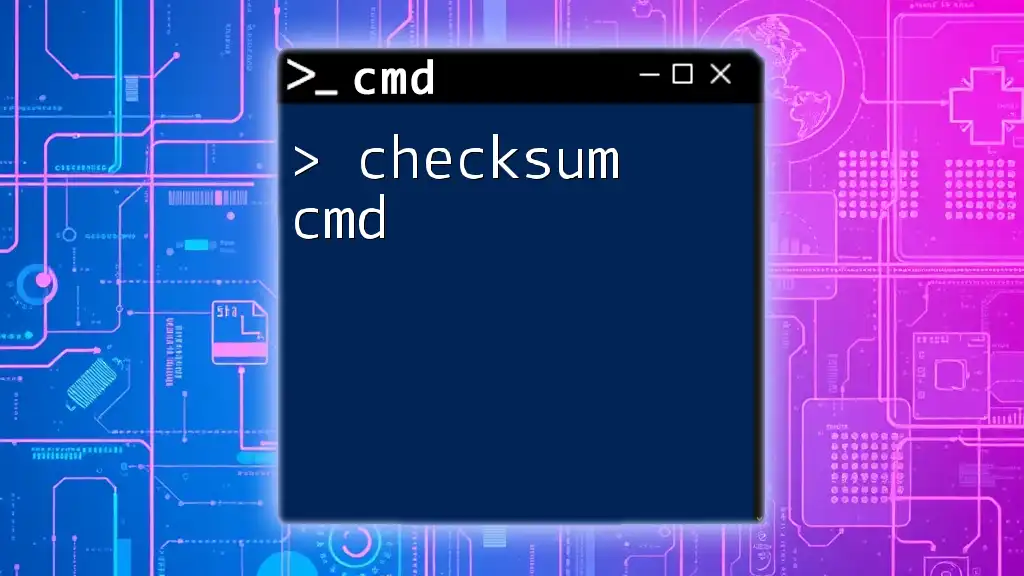
Conclusion
CMD hacks can fundamentally transform your interaction with the Windows operating system. They enhance your efficiency and provide tools for better system management and troubleshooting. By mastering these commands, you empower yourself to navigate your computing environment with expertise and confidence.
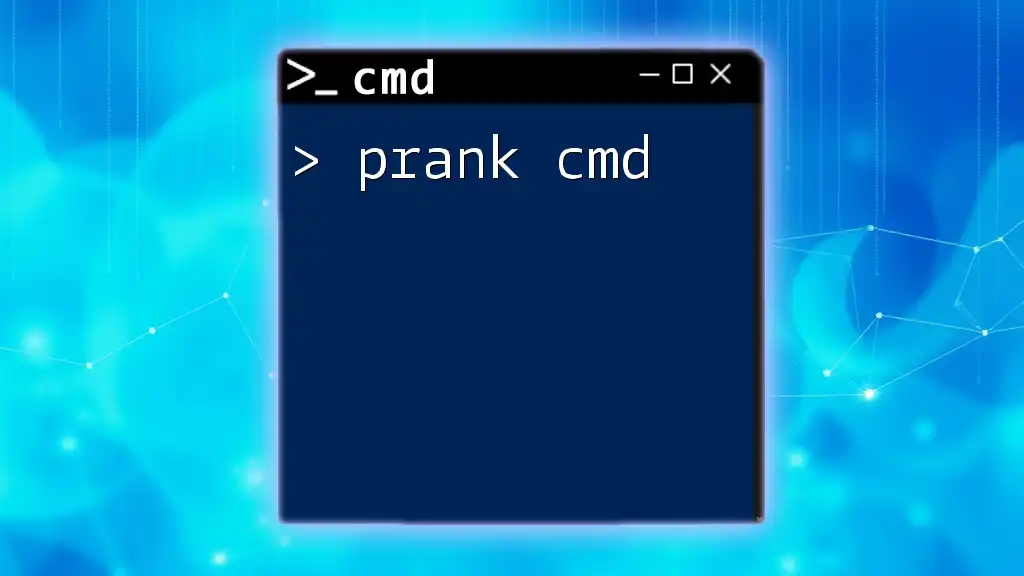
Additional Resources
For further learning, consider exploring the official CMD documentation. Community forums like Stack Overflow can also provide support and answer your CMD-related questions. As you delve deeper into CMD hacks, remember that practice is key to mastering this powerful tool.

